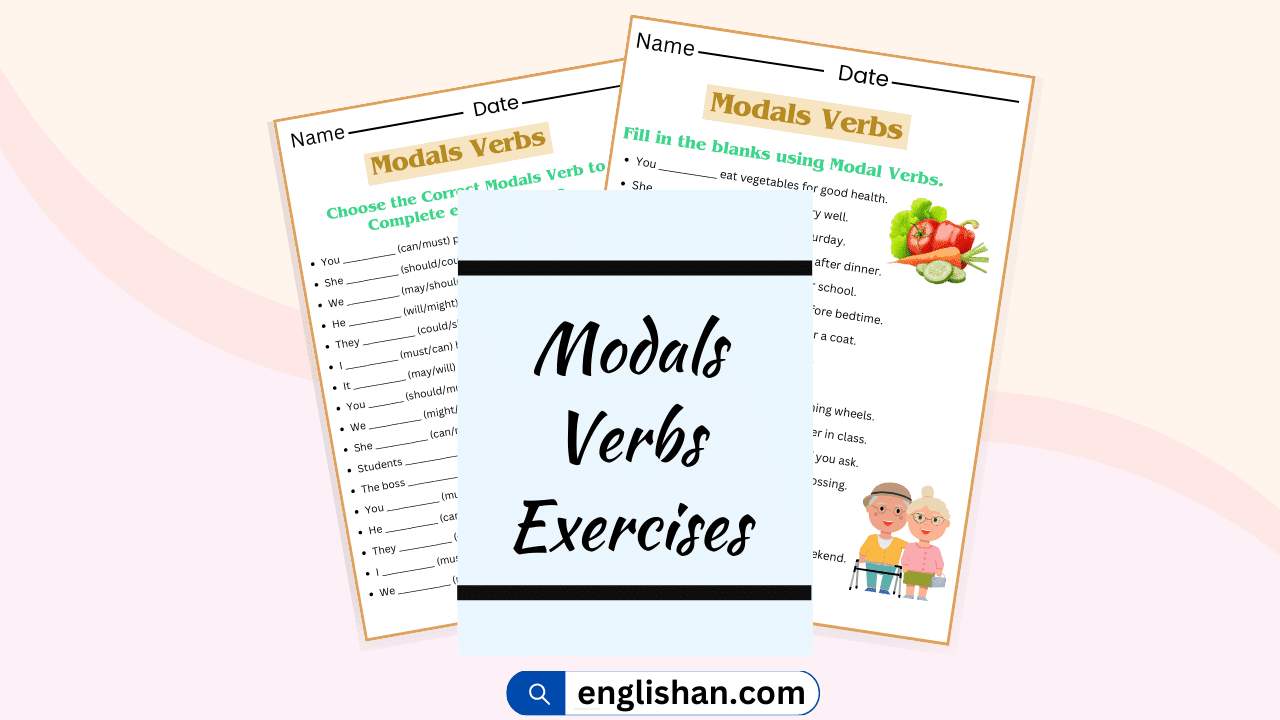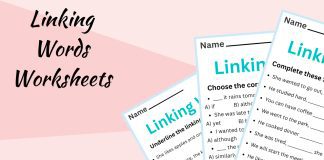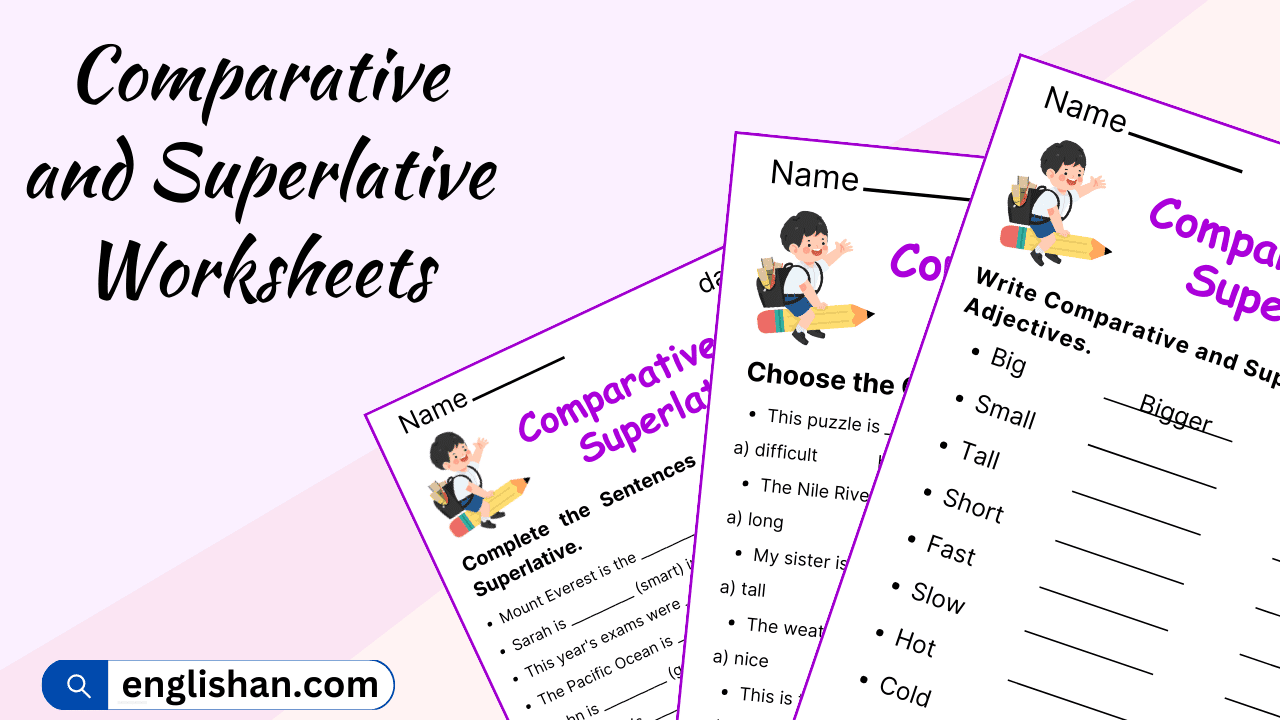Contents
Discover our easy-to-use telling time worksheets, designed to help kids master the art of reading clocks and telling time. Our engaging blog offers a wide range of printable worksheets and activities suitable for children of all ages, making learning about hours, minutes, and seconds an enjoyable experience. With clear instructions, colorful illustrations, and interactive exercises, our telling time worksheets are the perfect resource for parents and teachers who want to help their little ones develop essential time-telling skills. Dive into our collection and watch your child’s confidence grow as they learn to tell time with ease!
Before you rush and download the Worksheet, lets review the points you need to remember for telling time in English
Telling time in English is a valuable skill that is easy to learn. Here’s a step-by-step guide to help you understand and communicate time in English:
step-by-step guide
- Understand the clock: Clocks have an hour hand (shorter) and a minute hand (longer). The hour hand points to the current hour, while the minute hand indicates the minutes that have passed within that hour.
- Read the hour: Look at the hour hand and see which number it is pointing to or closest to on the clock. This is the current hour. Note that if the hour hand is between two numbers, you’ll need to use the smaller of the two.
- Read the minutes: Observe the minute hand and see which number it is pointing to on the clock. Multiply this number by 5 to determine the minutes that have passed. For example, if the minute hand is pointing at 6, the minutes are 6 x 5 = 30.
- Combine the hour and minutes: Express the time by combining the hour and minutes. For example, if the hour hand is pointing at 3 and the minute hand is pointing at 6 (30 minutes), the time is 3:30.
- Use “o’clock” for full hours: When the minute hand is pointing at 12 (0 minutes), use the term “o’clock” after the hour. For example, if the hour hand is pointing at 4 and the minute hand is pointing at 12, the time is 4 o’clock.
- Specify AM or PM: To indicate whether the time is in the morning or evening, use “AM” (ante meridiem) for times between midnight and 11:59 in the morning, and “PM” (post meridiem) for times between noon and 11:59 in the evening. For example, 8:00 AM means 8 o’clock in the morning, while 8:00 PM means 8 o’clock in the evening.
- Use “past” and “to” for informal speech: When expressing time informally, use “past” for minutes after the hour and “to” for minutes before the next hour. For example, 3:15 can be expressed as “a quarter past three,” and 3:45 as “a quarter to four.”
Download Printable Worksheet for Telling Time in English
For the ease of the learner, we have some Daily Used English Sentences used to tell the time in English below.
- “What time is it now?”
- “It’s 7 o’clock in the morning.”
- “The meeting is scheduled for 2:30 PM.”
- “It’s quarter past five.”
- “Dinner will be ready at 8:15 PM.”
- “The movie starts at 6:45 in the evening.”
- “I’ll be there at half past two.”
- “It’s ten minutes to four.”
- “The train arrives at 3:05 PM.”
- “The store closes at 9 o’clock at night.”
- “I’ll pick you up at 7:30 in the morning.”
- “Can you set a reminder for 1:45 PM?”
- “We have a lunch break from 12:30 PM to 1:30 PM.”
- “The bus leaves at twenty past six.”
- “The webinar begins at 11 AM sharp.”
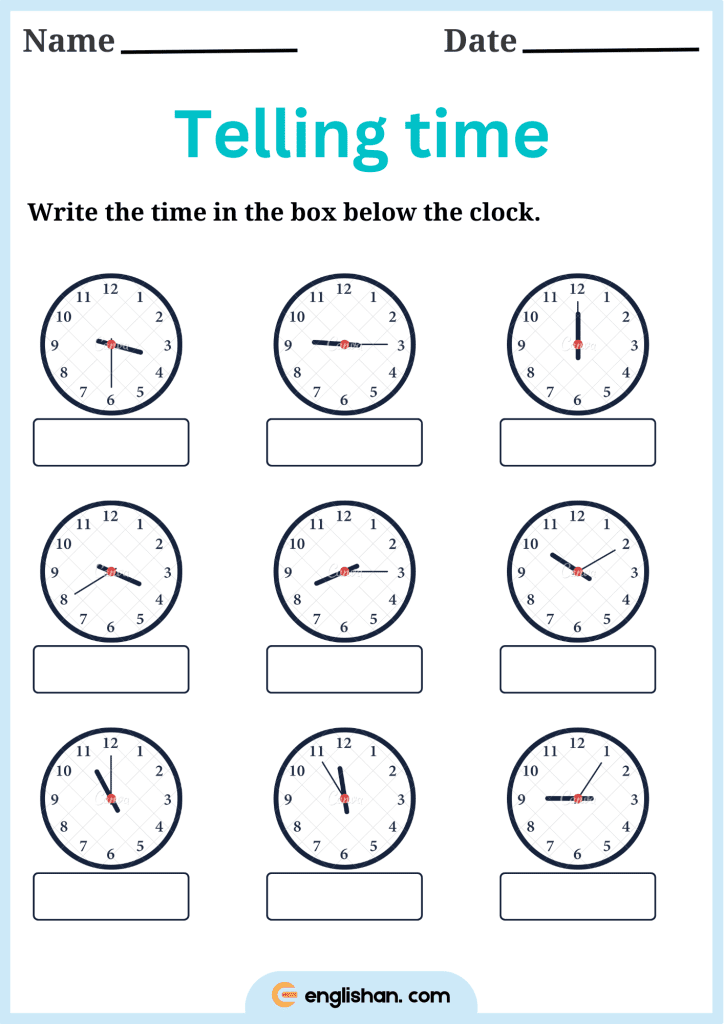
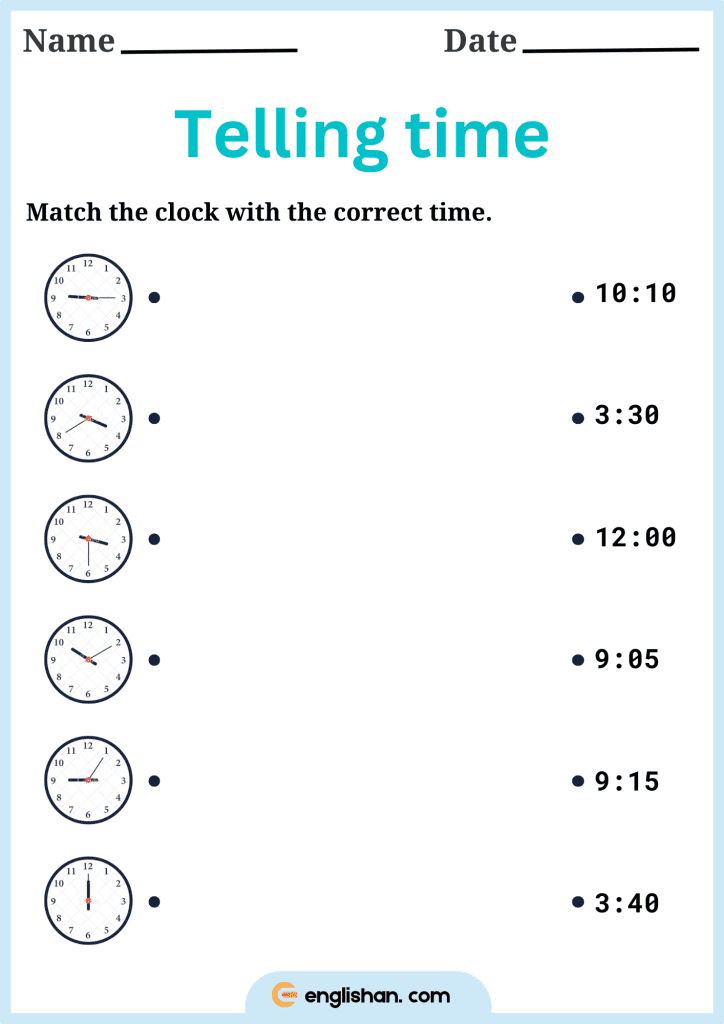

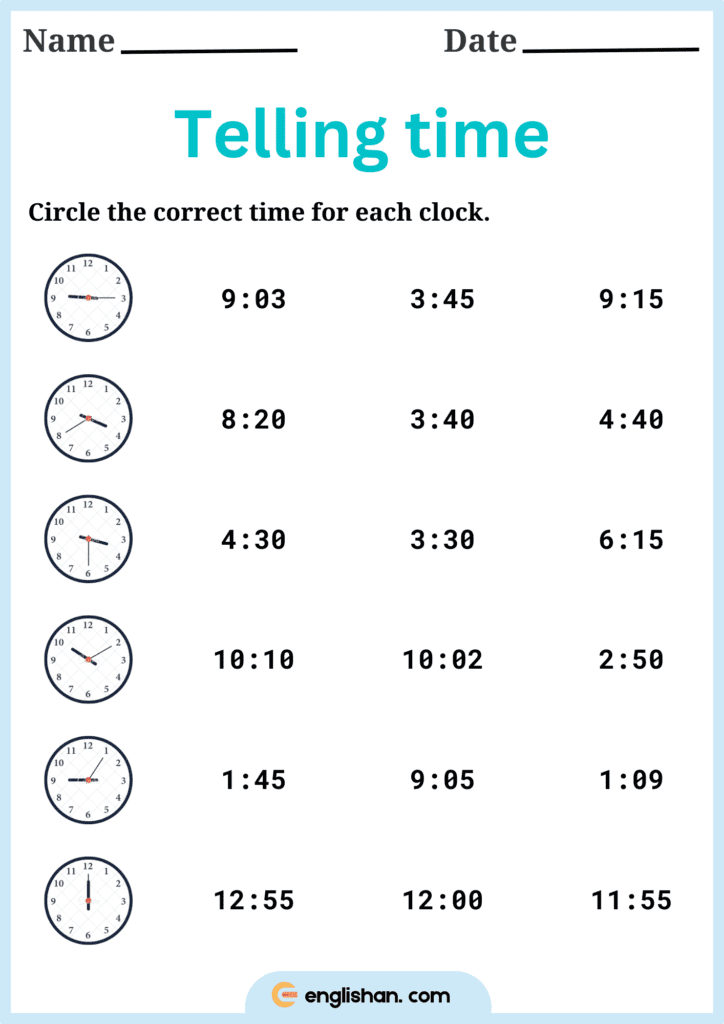
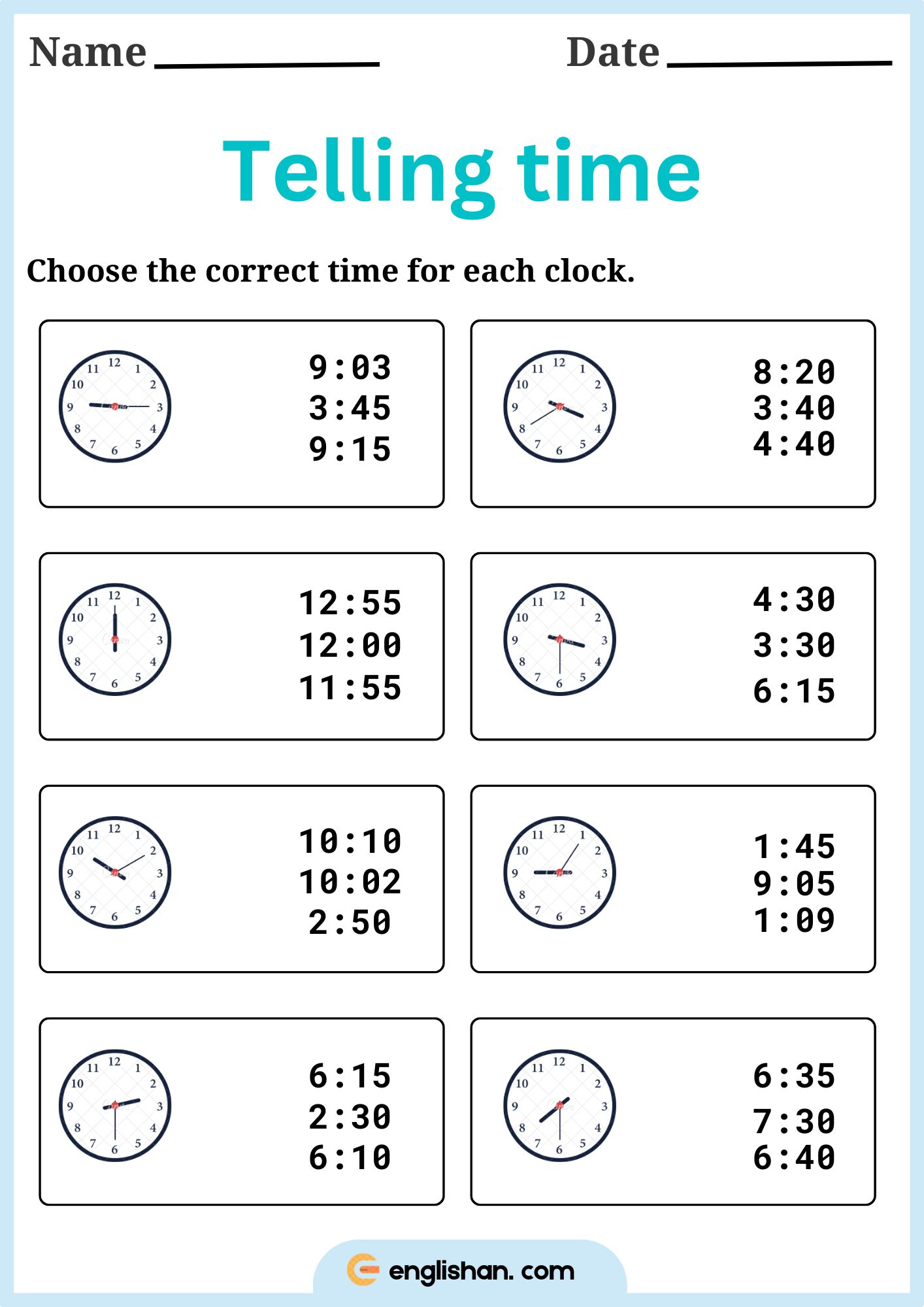
More to Read:

